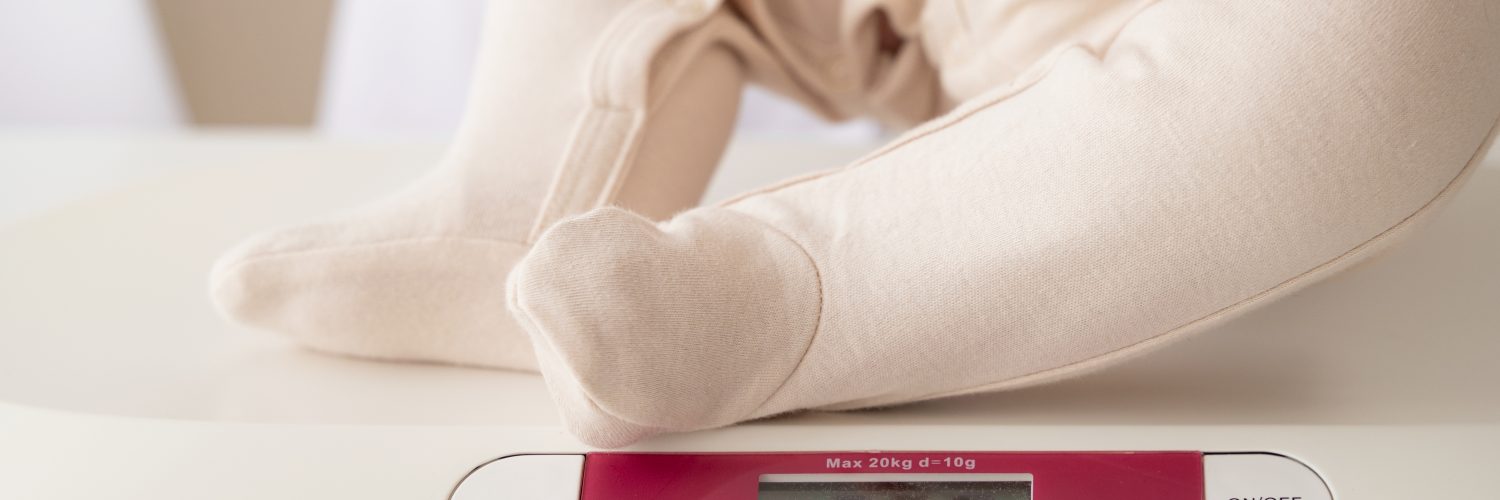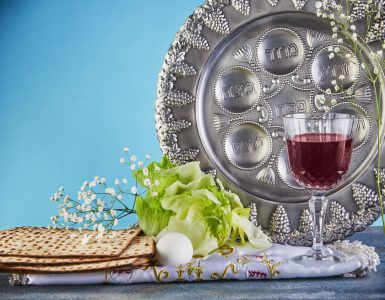Measuring is one of the Issurim d’Rabbanan that Chazal forbade on Shabbos. The Rishonim are divided as to how to define this Issur. According to most opinions, it is considered “Uvdin d’Chol” – an activity associated with weekdays and inappropriate for Shabbos (see Rashi, Beitza 29a).
The Issur of Uvdin d’Chol, which includes various other activities prohibited for similar reasons, is not as severe an Issur d’Rabbanan as a “Shevus“. Therefore, there is a significant difference in that the Shevusim are not waived even to fulfill a Mitzva but the Issur of measuring is waived for a Mitzva, as stated by Tosfos in Maseches Shabbos (126b, s.v. “u’Midivreihen”).
On the other hand, the Rambam’s view (Hilchos Yom Tov, 4:19-21) is that measuring is prohibited as a precaution lest one come to engage in buying and selling.
What is considered measuring for a Mitzva?
A classic example is measuring a Mikva to ensure that it has the requisite volume of water (forty Sa’ah). Another example brought by the Poskim (which is related to medicine) is discussed by the Tur and Shulchan Aruch, 306:7:
It is permissible to perform a measurement of Mitzva… and to measure the waistline of an ill person and chant over it as the women customarily do is also permissible, as this is a measurement of Mitzva.
[The Poskim explain (see the Gra and others) that such incantation is not a medical intervention that would be prohibited on Shabbos, as evident from the Shulchan Aruch 328:45. The Mishna Berura explains that we are only concerned that one may come to Shechikas Samemanim (crushing herbs and the like, which is the basis for the prohibition of medical interventions on Shabbos) when working with food and drink but not when performing an innocuous action like measuring.]The Shulchan Aruch’s ruling is in line with one of two reasons outlined by the Tur:
- The Avi haEzri (Ra’avya 202) explains that measuring a waistline while chanting an incantation is “Misasek“.
- The Maharam m’Rothenburg (Tashbetz Katan 58) asserts that it is considered a measurement for a Mitzva.
The Elya Raba explains the point of disagreement between the Avi haEzri and the Maharam m’Rothenburg. According to the Ra’avya, the curative element of this procedure is the chant; the measurement does not help to cure the sickness, it is a ritualistic measure setting the stage for the incantation. It is therefore considered an activity that is performed “needlessly”(“Misasek”) and as such it is similar to the case discussed by the Gemara in Maseches Shabbos (157b) regarding Rabba bar Rav Huna who would sit in a tub on Shabbos and measure the volume of water. Ula asked him how it was justified, after all, he was not measuring for the sake of a Mitzva. Rabba bar Rav Huna responded, “I am simply Misasek.” Rashi explains that Rabba’s intent was that aimless or meaningless measuring is not prohibited.
[This primarily makes sense according to the understanding that measuring is forbidden due to Uvdin d’Chol. The activity is only prohibited when it is meaningful in some sense, and not when it is performed needlessly.]The Elya Rabba explains that this is also the reasoning of the Ra’avya. Since the primary activity is the chant and not the measurement, there is no reason to prohibit the measurement, even if it is not for the sake of a Mitzva. However, the Maharam m’Rothenburg understood that measuring the waistline is an integral part of the “medical” procedure. Therefore, the only reason to permit it is that it is for a Mitzva (i.e., Refua).
For this reason, one may take a patient’s temperature on Shabbos even if his life is not endangered. Many Poskim assume (Minchas Yitzchak 3:142 and 10:31, Tzitz Eliezer 11:38, Shevet Halevi 1:61) that it is only permissible to use a thermometer for a sick person for whom its use is a Mitzva. However, it would be forbidden for a healthy person who wishes to take his temperature. The Shevet Halevi adds that if a woman with difficulty conceiving is tracking her basal body temperature to determine when she is ovulating, she may do so on Shabbos as it is also considered a Mitzva.
Rav Neuwirth quotes a Chidush of Rav Shlomo Zalman Auerbach zt”l related to this. In a footnote in Shemiras Shabbos Kehilchasa[1], he discusses whether a thermometer is considered Muktza when it is not in use. He attests that Rav Shlomo Zalman ruled that it is not Muktza. It is apparent from his remarks that measuring temperature is never considered a forbidden measurement according to Rav Shlomo Zalman, as it does not constitute Uvdin d’Chol:
Taking a temperature is different [than a craftsman’s yardstick] because the prohibition of measurement is due to Uvdin d’Chol, as they would usually measure when engaged in exchanges of buying and selling and the like… This is not applicable here, where it is only to know the [temperature] of a particular person at a particular time, and furthermore, it only concerns this individual. Who is to say that this is Uvdin d’Chol?
Rav Moshe Feinstein zt”l (Igros Moshe, O.C. 1:128) also held that measuring temperature is not included in the Issur. Refraining from taking the temperature of an ill patient is a stringency; one who wishes to be lenient should not be reprimanded.
The practical difference between the two approaches is whether a healthy person may take his temperature on Shabbos. If the reason to permit taking temperatures is due to the Mitzva of Refua, this would not apply to a healthy person. If it is because it does not resemble Uvdin d’Chol, it would be permitted for anyone.
On Shabbos, only a mercury thermometer should be used, not a digital thermometer. It is also advisable to shake the thermometer to lower any mercury residue before Shabbos, because doing so on Shabbos may constitute “Mesaken Kli” (fashioning a vessel). Though Rav Shlomo Zalman Auerbach zt”l (Shemiras Shabbos Kehilchasa ibid.) did not consider this an issue (as this is the way the thermometer is used), others are stringent (Shevet haLevi 1:61 and Chut Shani 1:20, p157, though he permits it for a Choleh sheEin Bo Sakana).
Does the above also apply to weighing on Shabbos? This is a matter of dispute among the Poskim. Most Poskim hold that just as the Sages permitted measuring for a Mitzva, they allowed weighing. Others hold that weighing is even forbidden for a Mitzva (Kaf haChaim), but this Issur is obviously waived in cases of Pikuach Nefesh.
In terms of practical Halacha (Halacha l’Ma’aseh), it is preferable to weigh everything before Shabbos even for medical purposes. However, if there is no other option it may be done on Shabbos. Mechanical (and not digital) scales may be used as they do not require the use of electricity. However, one should avoid the use of “Moznayim” (a double-pan balance scale). This used to be the common form of weighing scales, though it is not so common today. Though most Poskim do not distinguish between various types of scales (as long as they are household scales and not industrial ones), some say that the use of Moznayim is forbidden even in the case of a Mitzva. In any case, measurements can only be made for the sake of a Mitzva such as Refua, not for other purposes.
The Mishna Berura (ibid. 34) rules that one may measure imprecisely on Shabbos. If the imprecision will not conflict with the medical (or other) needs, it is praiseworthy to do so when weighing for the sake of a Mitzva since it is forbidden by some Poskim.
This can also be applied in a case of a Katan who is considered a Choleh sheEin Bo Sakana in various contexts. Preparing his food is considered “Refua” and measuring it out can be considered a Mitzva. For example, when preparing formula one may measure out the correct amount of powder and water. However, the Shemiras Shabbos Kehilchasa points out (37:5) that since it is preferable not to rely on the allowance of measuring for a Mitzva it is better to measure the powder and water imprecisely.
One final important point is that a scale is considered a Kli sheMelachto l’Issur, thus it may only be moved if one intends to use it (“l’Tzorech Gufo”) or because one needs the space it is occupying (“l’Tzorech Mekomo”).[2] Digital scales that have no permitted usage on Shabbos are considered Muktza Machmas Gufam (and sometimes even Muktza Machmas Chisaron Kis) and may therefore not be moved in any circumstances.
[1] Chapter 40, Footnote 3, p. 628
[2] Shemiras Shabbos Kehilchasa 29:45















Add comment